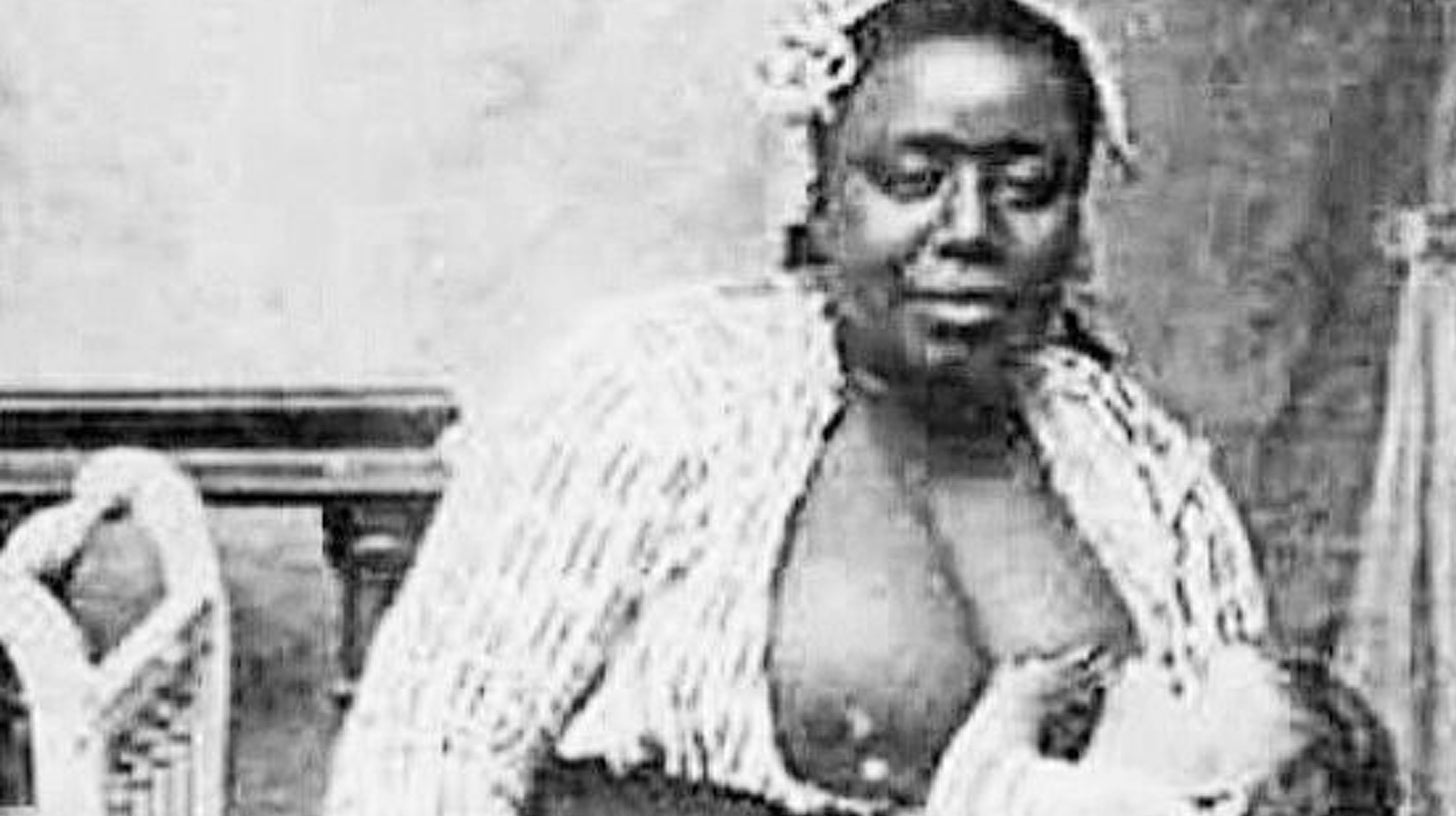Table of Contents
- The Historical Context of Wet Nursing
- The Exploitation and Dehumanization of Enslaved Black Wet Nurses
- The Impact on Enslaved Children
- The Complex Relationships Between Black and White Women
- The Legacy of Wet Nursing
- Conclusion
The Historical Context of Wet Nursing
Wet nursing, the practice of breastfeeding another's child, has a long and complex history. In ancient times, wet nursing was a common practice, often employed by noble or wealthy families who could afford to pay for the service. Before the Civil War, White female slave owners commonly found breastfeeding to be unfashionable and inconvenient. Instead, they preferred to have Black enslaved wet nurses breastfeed their babies. These wet nurses were a valuable commodity. In 1850, 20 percent of White enslavers (about 70,000) relied on them to breastfeed their children.7
In Brazil, advertisements for the purchase, sale, or rental of wet nurses were not only blunt but dehumanizing. For example, one advertisement read: "For rent, a wet nurse with very good milk, from her first pregnancy, gave birth six days ago, in the Rua dos Pescadores, No. 64. Be it advised that she does not have a child [cria]."4
The Exploitation and Dehumanization of Enslaved Black Wet Nurses
The plight of enslaved black wet nurses is a heart-wrenching chapter in history. Stripped of autonomy over their bodies, they were treated as commodities. Wives of slave owners timed their pregnancies with that of their slaves and then forcefully separated enslaved new mothers from their infants to serve as wet nurses for their children. Breastfeeding was out of fashion among white women, and having a wet nurse was seen as a status symbol and symbol of wealth.
Some accounts suggest that enslaved mothers were beaten and treated harshly to ensure compliance in feeding the babies of slave masters5. This cruel treatment, coupled with the emotional trauma of being separated from their own children, led to a distorted image of black mothers as unloving and harsh, a stereotype perpetuated by slave owners to justify their inhumane practices.
The Impact on Enslaved Children
The cruel practice of forced wet nursing had dire consequences for the children of enslaved women. Black mothers were physically separated from their newborns to breastfeed their enslavers' babies, sometimes permanently. The invaluable breast milk, often referred to as ‘liquid gold’, benefited the white children while cow or goat milk was fed as a substitute to black children. This often resulted in high mortality and malnutrition among enslaved children5. The emotional toll on both mothers and children was immense, with lifelong impacts on family bonds and individual mental health.
The Complex Relationships Between Black and White Women
The relationships between black and white women during the Antebellum South were multifaceted, shaped by power dynamics, racial ideologies, and economic interests. Some historians argue that white women were passive beneficiaries of the wet-nursing practice, merely reaping the benefits of enslaved women's labor. However, a study titled "Mothers’ milk: slavery, wet-nursing, and black and white women in the Antebellum South" challenges this idea, arguing that white women actively manipulated enslaved women's motherhood for their own ends, often exerting control over their reproductive lives6.
The Legacy of Wet Nursing
The legacy of wet nursing may still have echoes in modern attitudes and practices around breastfeeding. The racial gap in breastfeeding rates, for example, could be influenced by a complex interplay of historical, socioeconomic, and cultural factors. While some argue that the legacy of wet nursing continues to shape attitudes, others point to contemporary socioeconomic issues that disproportionately affect black women, such as the need to work and the lack of support for pumping at their jobs. Hospitals in predominantly black neighborhoods may lack lactation support, and formula companies may target black communities with marketing, reflecting broader disparities in healthcare access and economic opportunity3.
Conclusion
The story of enslaved black wet nurses is a complex and heartbreaking chapter in the history of breastfeeding. As we commemorate Black Breastfeeding Week 2023, we must honor the strength and resilience of those women who were placed in an unimaginably difficult position but had to be good people. Their legacy is a call to action to continue working towards a more equitable and compassionate society, where the dignity and humanity of all mothers are respected and celebrated.
Footnotes:
- The Tragedy of Enslaved Black Wet Nurses
- Mothers’ Milk: Slavery, Wet-Nursing, and Black and White Women in the Antebellum South
- Slavery and Racism Drive a Toxic Double Standard About Breastfeeding
- Newspaper Advertisements for Black Wet Nurses (1821-1854)
- The Tragic Plight of Enslaved Wet Nurses
- West, Emily, and Rose J. Knight. "Mothers’ milk: slavery, wet-nursing, and black and white women in the Antebellum South." Journal of Southern History.
- The Complicated History of Wet Nursing and Black Breastfeeding


